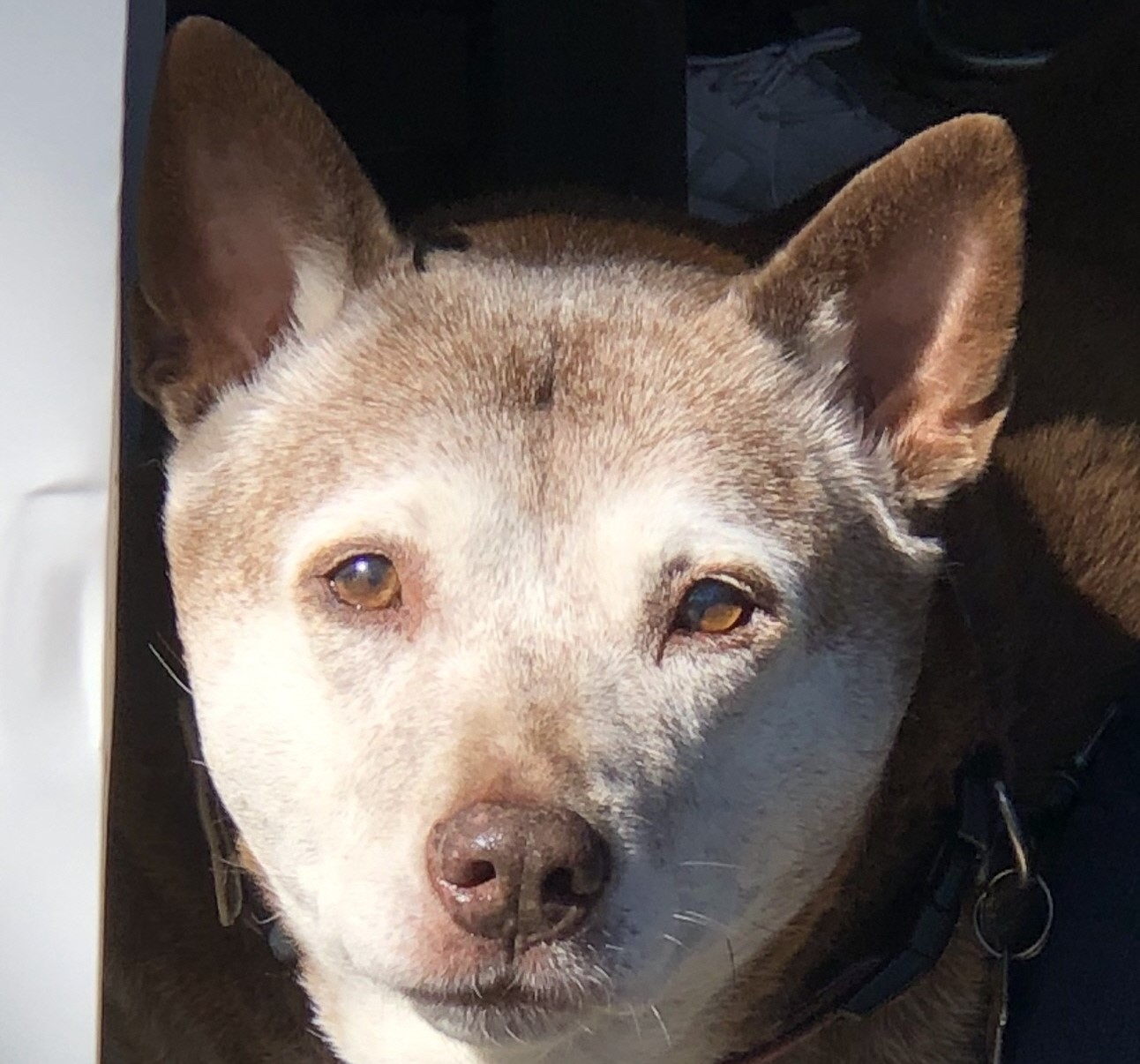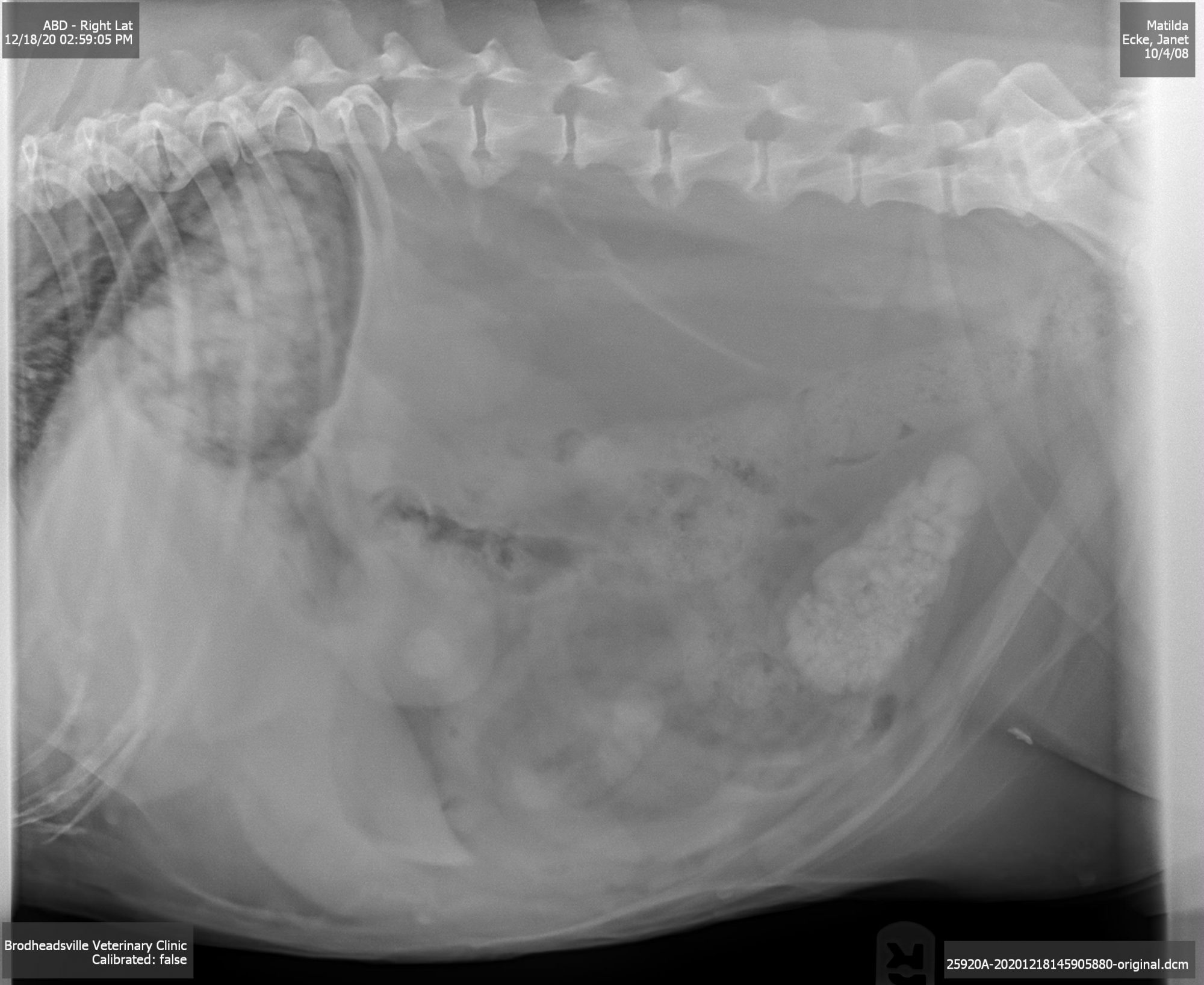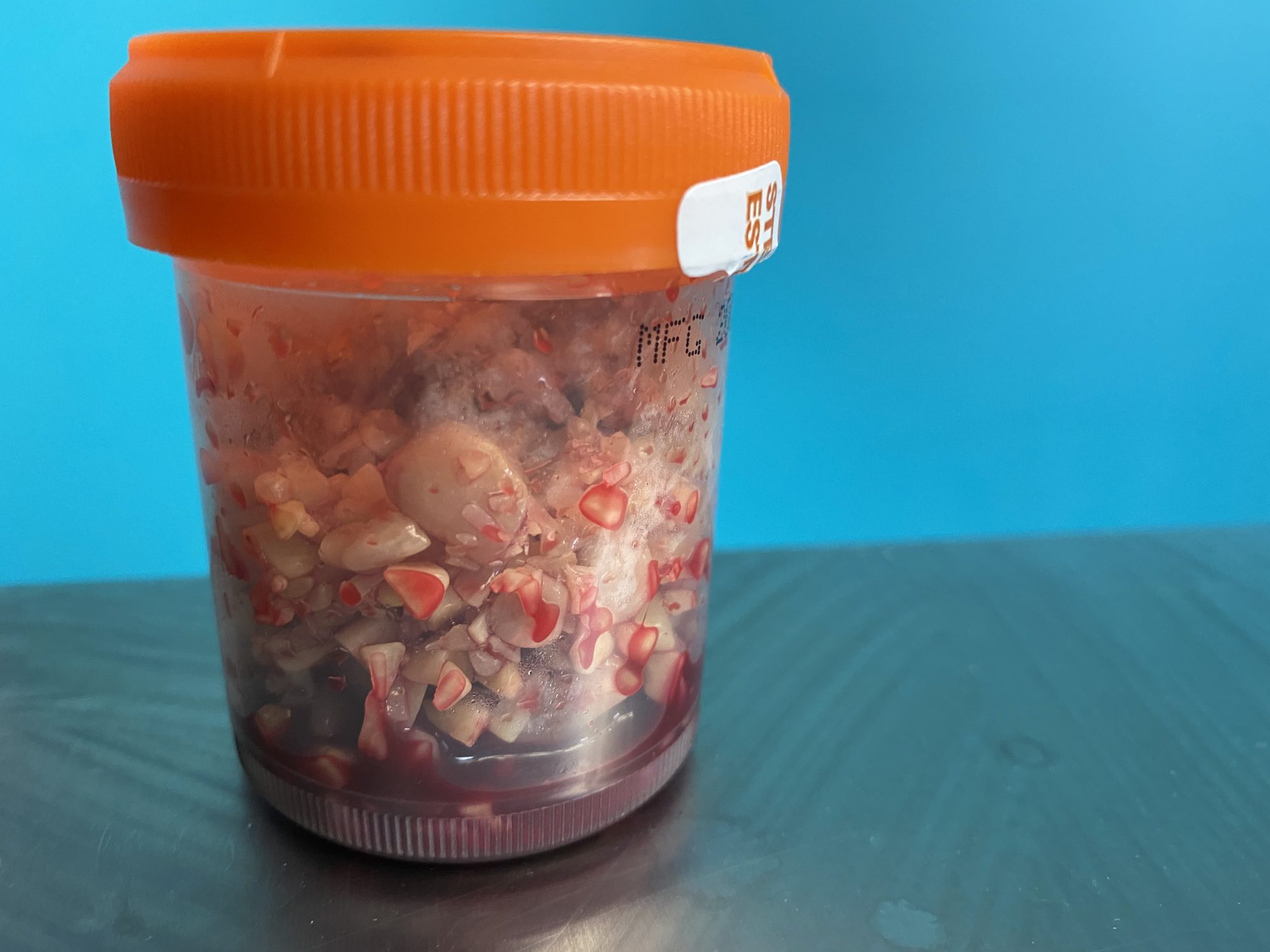Dr. Phil Zeltzman’s Blog
Matilda and the amazing bladder stones
Matilda, a 12 year old Lab, had difficulty urinating, frequent urination and blood in the urine.

A physical exam and X-rays at her family vet revealed that her bladder was literally full of stones!
This is a serious condition, but it was reassuring that she did not have a bladder tumor, which could cause the same signs.

The solution to remove Matilda’s stones was bladder surgery (please note that what follows pretty much also applies to male dogs and cats, as well as female cats).
Blood work was normal, including kidney values, which confirmed that Matilda was a good candidate for anesthesia.
The surgery is called a cystotomy. An incision is made in the belly, then into the bladder. The stones were then physically removed.
Here is a very short video showing removal of the bladder stones – BUT PLEASE BE AWARE THAT IT IS A BIT GRAPHIC AND NOT FOR THE FAINT OF HEART!!!
Removing the stones is the easy part. The sometimes tricky part is to remove stones that may have gone down the urethra (i.e. the tube between the bladder and the outside world). Stones can get stuck there and cause a blockage, preventing a pet to pee.
In males, another surgery is occasionally needed to create a new opening to allow peeing (this is called a urethrostomy).
Two tests are routinely sent to the lab:
. A stone analysis. The goal is to figure out which minerals the stones are made of. This is critical for vets to recommend the proper diet to prevent the stones from coming back.
. A culture. This is a sterile swab to determine if a bladder infection (UTI) might be the cause for the bladder stones – or a consequence. This is also a critical test to choose the proper antibiotic to take care of the infection.

This is all the stones we removed!
Once the bladder is all cleaned out, it can then be stitched up, as well as the belly. Recovery is typically 3-4 weeks.
Interestingly, bladder surgery patients can continue to experience the same urinary symptoms postop as before surgery – for different reasons:
. frequent urination, because the bladder is irritated and things feel weird “inside.”
. blood in the urine, because the bladder is very rich in blood vessels, and the bladder just had an incision.
These signs can last a week or two.
Matilda went home the next day, with antibiotics and 2 pain medications. She was progressively switched to a special food over 10 days.
A week later, the culture results showed that the antibiotic had to be changed. And 3 weeks later, the stone analysis confirmed that she was on the proper diet.
Committing to using the special food exclusively – for life – is extremely important. Bladder stones are formed because of an imbalance between minerals (most commonly calcium or magnesium), or a change in the pH of the urine.
So giving the special food for a few months, then going back to the old food, usually to save money, is a recipe for failure. Likewise, giving people food or treats may sound like a generous and loving idea, but you might recreate the imbalance between minerals and can be enough to cause more bladder stones… which means the poor dog may need another surgery.
Surgical removal of bladder stones is the most efficient way to address this condition. It also may be the only option when the urethra is blocked by a stone (urethral obstructions), which is a life-threatening emergency.
After 4 weeks of rest, Matilda was allowed to progressively return to her normal life, couch surfing and chasing tennis balls.
Phil Zeltzman, DVM, DACVS, CVJ, Fear Free Certified

Dr. Phil Zeltzman is a traveling veterinary surgeon in Pennsylvania & New Jersey. An award-winning author, he loves to share his adventures in practice along with information about vet medicine and surgery that can really help your pets. Dr. Zeltzman specializes in orthopedic, neurologic, cancer, and soft tissue surgeries for dogs, cats, and small exotics. By working with local family vets, he offers the best surgical care, safest anesthesia, and utmost pain management to all his patients. Sign up to get an email when he updates his blog, and follow him on Facebook, too!

